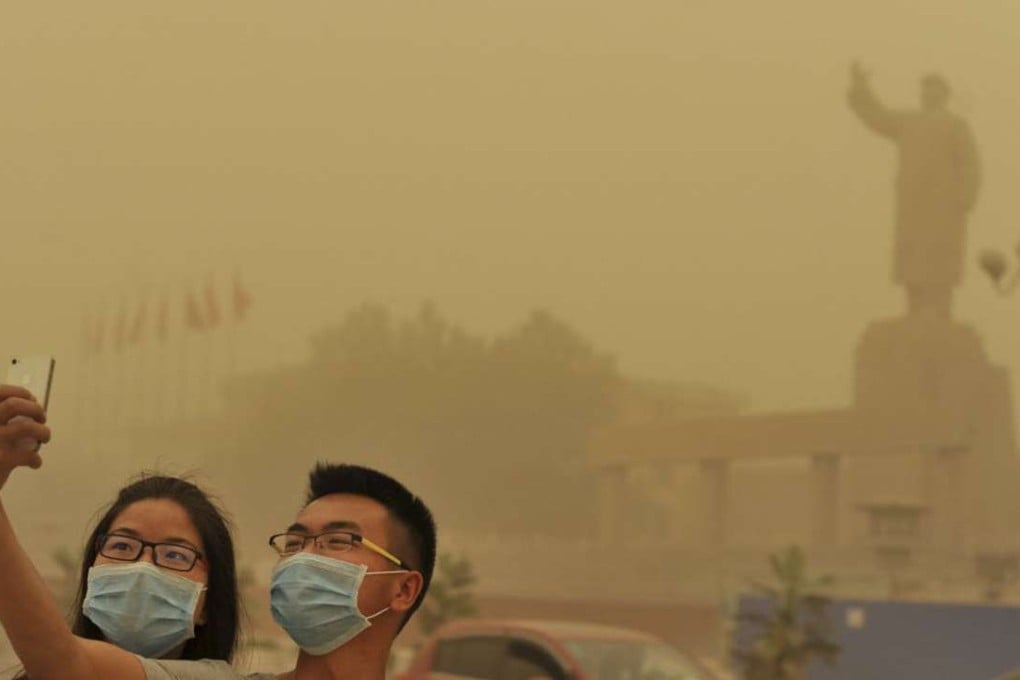Where in China can you find the worst air pollution? You might be surprised ...
Xinjiang is home to six of the country’s 10 most polluted cities, Greenpeace survey finds, while there has been a 23 per cent improvement in the Beijing-Tianjin-Hebei area because of a slowdown in the coal and steel sectors

Xinjiang and Henan were China’s top two polluted provinces in the first quarter of the year, a survey by Greenpeace has found.
Experts say the finding may reflect a trend in polluting factories moving west to avoid more stringent green policies being introduced in the east. It may also reflect a greater use of heating during last year’s harsh winter.
Both were more polluted than Hebei province, which is known for its steel factories and has topped the list in the past.
The average level of PM2.5 – the tiny particulates that can lodge deep in people’s lungs – in Xinjiang and Henan surpassed 100 micrograms per cubic metre. That is 10 times the safe level recommended by the World Health Organisation (WHO).
Watershed crisis: China’s cities tap into sea of polluted water
Six of China’s 10 most polluted cities were in Xinjiang, while Henan and Shandong accounted for the rest, according to the air quality ranking of 362 cities.